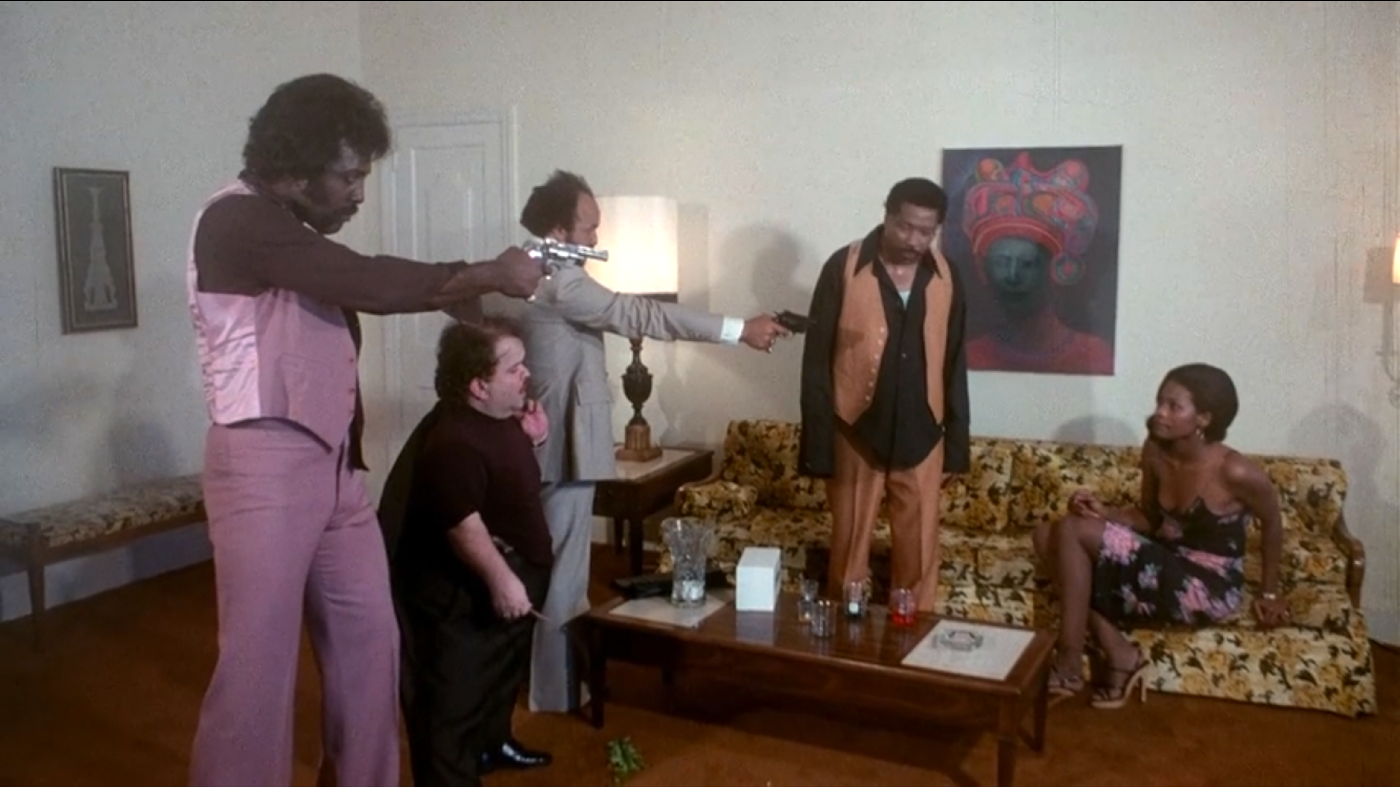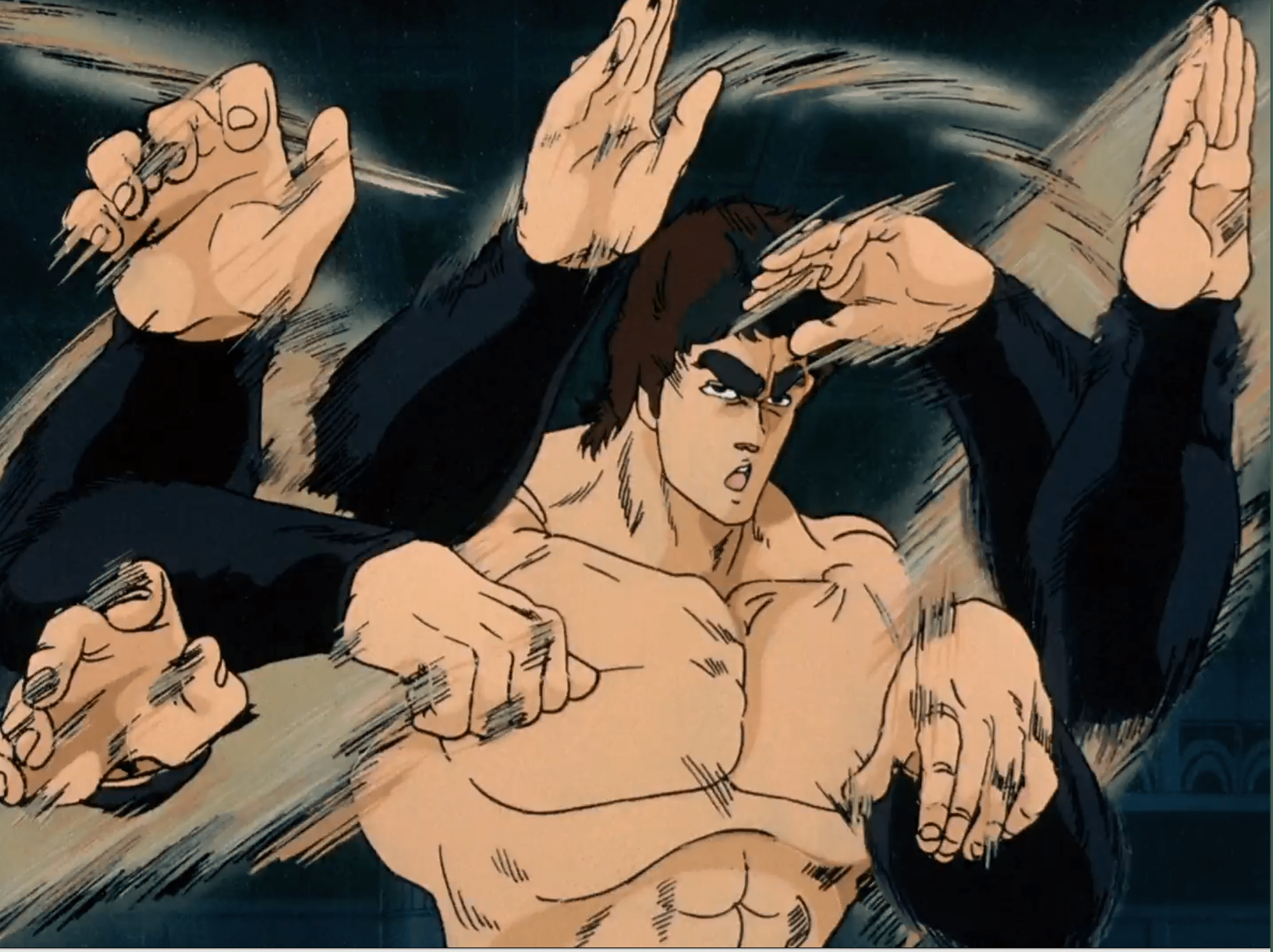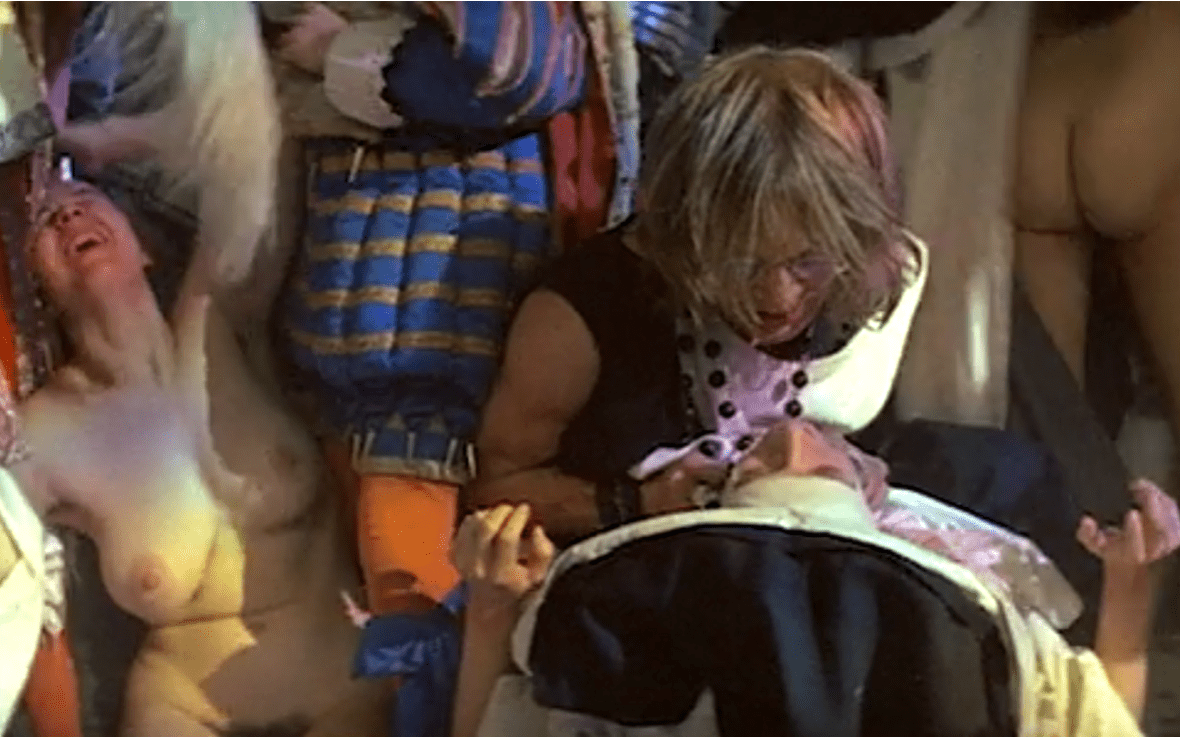
The Thing was finally released in 1982 after eight messy years of machinations. It was directed by John Carpenter and written and rewritten by Bill Lancaster. When it came out it flopped with audiences and critics alike. I was 14 then and it was a big hit with me especially the scene where they test each other’s blood in petrie dishes.
The Thing is essentially about distrust and paranoia. It is set in the arctic where the characters are already in peril just by being there. They must rely on each other to survive and when the fabric of their trust is stressed by fear and suspicion it begins to unravel.
The Thing had been put on hold for over a year when the success of Ridley Scott’s Alien in 1979 helped revitalize the project. Alien and The Thing share common themes having to do with claustrophobic terror and the invasion of our bodies by an intrusive interloper. The Thing adds paranoia to the mix by giving it’s monster the ability to disguise itself as anyone or anything.
The blood test scene in The Thing comes at the apex of this paranoia. The group is degenerating and soon it will be every man for himself. They are trapped with each other and all trust has been erased. There is no longer anything holding them back from killing one another, in fact, they have already begun.
The blood test is the only hope left of preserving some sense of cohesion. They gather in the science lab to perform the test that they hope will reveal who is human and who is not. Four men are tied up on a couch and two are standing free holding flame throwers. The plan is to have everyone give a sample of blood in a petrie dish and then test it. Kurt Russell’s character MacReady is the de facto leader. His leadership position was not established through consensus but by brute force and luck. It falls to him to place a hot wire in each petrie dish. If the blood reacts defensively they will know it belongs to the alien.

No one knows what the blood will do if it is alien, they assume it will try to shrink away from the heat. No one even knows if the test will work. No one knows what to do once the experiment is done. There was no time to form a consensus or a carefully considered plan. The experiment is only designed to be a next step forward in a direction they have not fully considered.

It is always of critical importance in a horror movie whether the audience has less or more or the same amount of knowledge that the protagonist and other characters have. In this scene, we are all equally unprepared. In addition, it is not clear whether a person who has been replaced by the thing would know that they are an imposter or not. Is everyone in the room equally in the dark or is someone ahead of the game? The scene is akin to the climactic drawing-room scenes in all those Agatha Christie novels. Everyone is gathered for the big reveal. As the process of elimination proceeds, we continually rewrite our explanations to fit the unfolding facts. Perhaps it is partly the familiarity with such scenes that draws us off our guard as we watch MacReady stick a heated wire in each dish of blood. As much as there is the mounting tension there is also the feeling of impending resolution.
Each character shows relief as he is eliminated from the list of suspects. They watch each other and are sometimes surprised or disappointed to see that someone they suspected is actually innocent. This is an opportunity to more closely examine what suspicion and paranoia are, and how they effect us both individually and as a group.
Each of them must allow themselves to be cut by a scalpel and have their blood drawn. This sacrifice is made begrudgingly as most of them, possibly all of them, are sure they are innocent. The scene progresses and with each innocent result, the tension is allowed to at least partially defuse.
The first scare is simply a jump scare when the blood leaps out of the dish and splashes on the floor. The next scare begins a cascade of unexpected consequences. The blood begins to slip and slide toward the men. The men on the couch struggle to keep away from the animated blood. Immediately the scene goes from bad to worse when you remember that the men are tied up. They had been tied up to prevent them from running away or attacking each other. No one had anticipated this scenario, including the audience.

The realization that they can’t get away is just tickling our adrenal glands when all hell breaks loose. Palmer, the man sitting all the way on one end of the couch, begins to twitch and convulse and everyone starts to scream. Now it’s special effects artist Rob Bottin’s time to shine. Bottin was completely dedicated to the film. He worked himself past the point of exhaustion and ended up with double pneumonia.

Palmer begins to transform. His eyes bulge and his head swells and soon he is covered in blood. MacReady’s flame thrower stalls. The choice to arm MacReady and another character named Windows with flame throwers not only provides an unreliable weapon but an extremely inexact one. The flame throwers are almost as unpredictable and terrifying as the monster.
The camera quickly cuts between close-ups of the failed flamethrower nozzle, Palmer’s gory head, and medium shots of the men screaming in panic as they try to escape their bonds.
Now that the tension has erupted into fear Carpenter keeps upping the ante. The beast attacks Windows, biting and crushing him. The horror of what is happening plays out in front of a double audience. We share the terror of the tied-up men as they struggle and watch the creature flail around trying to swallow Windows. MacReady struggles with the flamethrower while blood spatters everywhere. The quickly paced editing leaves the audience no time to breathe.

The chaos lasts for 60 terrifying seconds and then Carpenter cuts to a wide shot as MacReady shoots his flame thrower. The fire lights up the room and we have a second to take it all in. It’s all an unanticipated chain of disasters. First, the blood unexpectedly jumps out of the dish. Second, it crawls across the floor. Third, the men can’t escape. Fourth the flamethrower is unreliable, and now fifth, by setting the monster on fire it has become even more dangerous as it stumbles toward MacReady.

Fortunately, the monster veers off course and smashes through the wall. It lumbers out into the snow and dies in a flaming heap. Anthony Cecere is the stuntman who risked his life in more ways than one to make these incredible 15 seconds of film.

Palmer dying in the snow is the apex of the scene. Afterward, there are a few more tests and the dispatching of what is left of Windows, but by then the tension has subsided.
The craftsmanship and timing keep this scene tense for an exceptionally long time. Prolonging tension and fear is very difficult. An audience can get overwhelmed and just disengage, or you can give the audience too much time to think things through creating distance between them and the characters. You can not count on the initial scare to do all the work. The scene has to twist or intensify in some way.
The Thing was scored by the incomparable Ennio Morricone, but there is no music at all during the entire blood test scene. Music might have brought some kind of overarching order or predictability to a scene that relies on continually ratcheting up the chaos.
Movies like, the remake of Invasion Of The Body Snatchers which came out 4 years before The Thing, and Alien which came out 3 years before, made the well-established alien invasion trope personal. Instead of flying saucers facing a line of tanks, Invasion Of The Body Snatchers, The Thing, and Alien focus on the individual body as the site of conflict. Almost all horror films exploit our fear of the other. If you want to scare a human you can count on a primal, tribal fear of the outsider. Whether it is the witch-burning in Salem, the Inquisition in Spain, the holocaust in Germany, The HUAC trials, or the MAGA horde it’s the same expression of the same emotion but it’s all made worse when the focus is not on the tribe but on an individual body. The threat is far more immediate and palpable when your own body is at stake.

Michael Myers, Jason, and Chucky are external antagonists that can be located and labeled as outsiders but The Thing not only threatens our safety it threatens a fate worse than death, a loss of identity. This is the Trumpists ultimate fear. They are scared that the Mexican’s or the Muslims will change what it means to be an American. These foreigners will change our language, the food we eat, and the legal system. They will take our jobs, our neighborhoods and soon the American norm will no longer be the white, middle-class Christian, it will be something foreign.

In 2018 Alex Garland made a film called Annihilation. Garland’s film has a lot in common with Carpenter’s, in fact, Garland appears to make a direct reference to The Thing in a scene where a group of women is accosted by an alien beast. Just as in The Thing the women have all been tied to chairs by one of their own party. Just as in The Thing the women no longer trust each other and are afraid that one of them has been infected. Just as in The Thing there are unexpected consequences that terrify everyone involved, including the audience.
In Annihilation the cast is entirely female, in The Thing it is entirely male. The scenes are similar but the challenge for the women is to be able to keep calm and silent in order to prevent provoking the beast. For the men, it’s all out in the open. Where there is chaos and panic for the men, there is teeth grinding restraint for the women. This difference could be seen as reflecting cultural ideas about how different genders are socialized to deal with stress but either way both scenes result in an explosion of panicked violence.

In all four films Invasion Of The Body Snatchers, The Thing,Alien, and Annihilation biology and nature are used instead of the supernatural. All of them focus on the immediacy of our bodies without concerning themselves with anything spiritual or otherworldly. These are visceral movies that confront us directly.
The title, The Thing, keeps the invader from being codified by a label. We never see the antagonist’s true identity. It’s like a parasite that only exists as part of us. Faceless and beyond our understanding The Thing causes us to fear everything. Worst of all because we never find out if a person infected by the Thing is aware of what they are we must also fear ourselves. It is a paranoia so complete that it leaves us no place refuge, not even your own mind and body.

If you enjoyed this article click here for more
www.filmofileshideout.com/archives/i-made-it-through-zulawskis-possession



